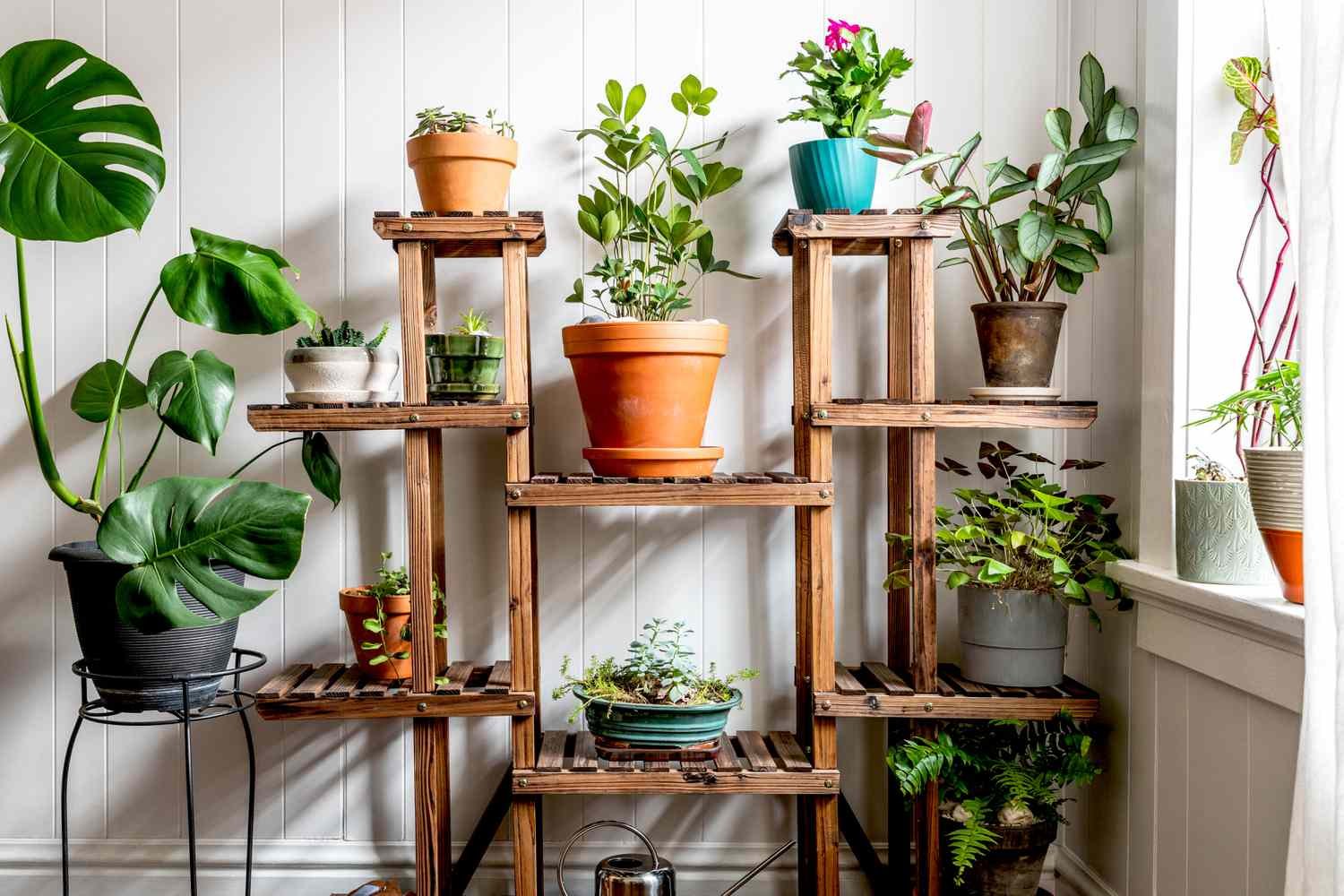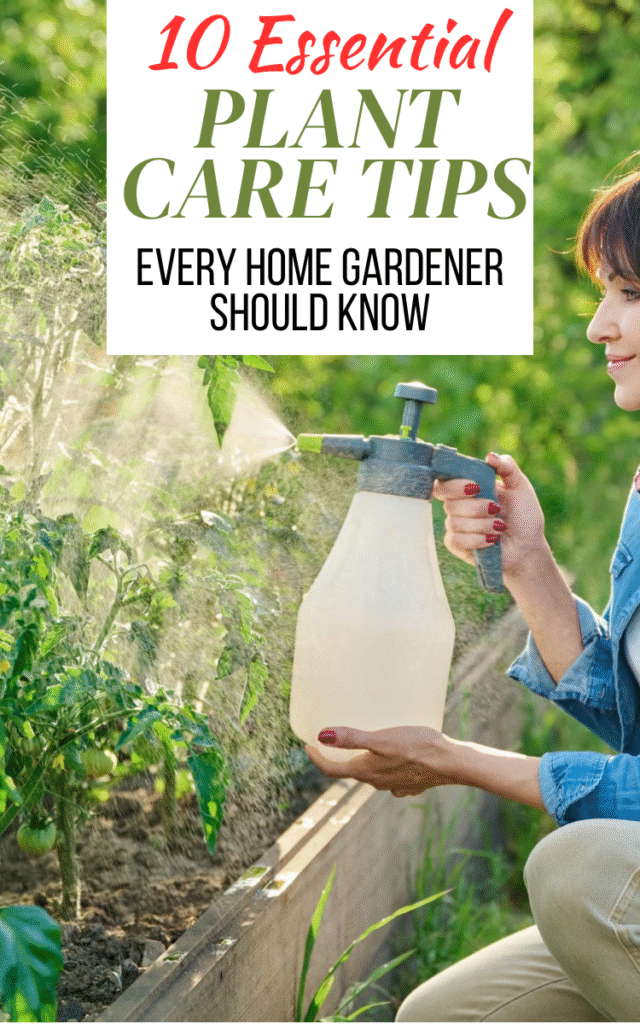
There’s something deeply grounding about caring for plants. A small green corner can brighten up even the dullest of rooms, and watching a tiny sprout grow into a thriving plant is incredibly rewarding. But I’ll be honest—when I first started gardening, I lost quite a few plants simply because I didn’t know what they needed. I’d water them too much, place them in the wrong spot, or neglect their soil.
Over time, I realized that plants, just like people, have their quirks and preferences. Once you get to know them, they become easier to care for. It’s less about having a “green thumb” and more about paying attention, learning, and being consistent.
Today, I’m sharing ten essential plant care tips that have made all the difference in my gardening journey. These are the basics every home gardener should know—practical, simple, and adaptable no matter how big or small your plant collection is.
1. Understand Your Plant’s Needs
The first and most important rule of plant care is to understand that no two plants are alike. A cactus thrives in bright, dry conditions while a fern prefers shady corners and moist soil. When I brought home my first fiddle-leaf fig, I treated it like my snake plant—needless to say, it didn’t end well. That experience taught me that research is crucial.
Before buying a new plant, take a few minutes to learn about its natural habitat. This will give you clues about how much light, water, and care it requires. For example, tropical plants tend to love humidity, while succulents prefer drier environments.
Most nurseries include a care tag, and if not, a quick search online can save you a lot of guesswork. Gardening apps and plant ID tools are also handy. The more you know about your plant’s unique needs, the easier it will be to keep it happy and thriving.
2. Choose the Right Location
Plants rely on light for photosynthesis, and the wrong spot can stunt their growth or cause them to wither. Sunlight is not a one-size-fits-all situation—some plants need bright, direct rays, while others burn if they’re not shaded. I once placed a peace lily right on a sunny windowsill, and within days, its leaves turned brown at the edges.
Observe the light in your home throughout the day. South-facing windows generally offer the most sun, while north-facing ones provide softer light. If natural light is limited, grow lights can be a game-changer for keeping your plants strong and healthy.
Outdoors, be mindful of shade from trees or buildings that shift with the seasons. Sometimes, moving a plant just a few feet can make all the difference in how well it flourishes.
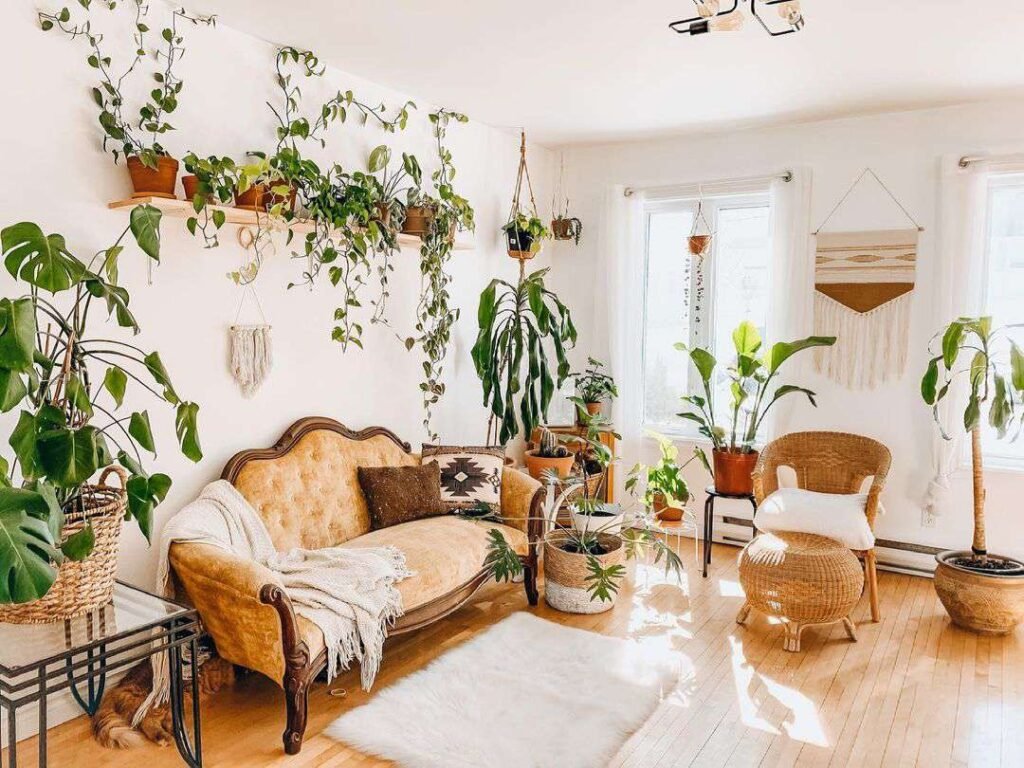
3. Water Wisely
One of the easiest mistakes to make in gardening is overwatering. It feels natural to give plants lots of water, but soggy roots can quickly lead to rot. On the other hand, neglecting them for too long can leave them limp and lifeless. Finding balance is key.
Instead of sticking to a rigid schedule, check the soil before watering. Stick your finger about an inch deep into the pot—if it feels dry, it’s time to water. If it’s still damp, wait another day or two. This simple habit has saved me from countless mishaps.
Tools like self-watering pots or moisture meters can also help. Remember, different plants have different thirst levels. Succulents may need water only once every few weeks, while herbs or flowering plants might want a drink every few days.
4. Select the Right Soil
The type of soil you use can make or break your plant’s health. Garden soil is often too heavy for potted plants, as it compacts easily and suffocates the roots. That’s why potting mixes are formulated to be light, airy, and well-draining.
Some plants even need specialized mixes. For example, orchids thrive in bark-based soil because it mimics their natural growing conditions. Succulents, on the other hand, need sandy mixes that prevent water from sitting around the roots.
If you’re unsure, you can always improve standard potting soil by mixing in compost for nutrients, perlite for drainage, or peat moss for water retention. Think of soil as the foundation of your plant’s home—it needs to be strong, breathable, and comfortable.
5. Feed Your Plants Properly
Just like us, plants need food to grow strong. Fertilizers provide essential nutrients that might not always be present in soil, especially in pots where nutrients get depleted over time. Without proper feeding, plants can look pale, weak, or stop growing altogether.
There are many types of fertilizers to choose from—liquid, granular, slow-release, organic, and synthetic. Each has its pros and cons. Personally, I lean toward organic options like compost tea or worm castings because they’re gentle and enrich the soil long-term.
The trick is moderation. Over-fertilizing can burn roots and do more harm than good. Stick to recommended dosages and apply during the growing season, usually spring and summer, when your plants are most active.
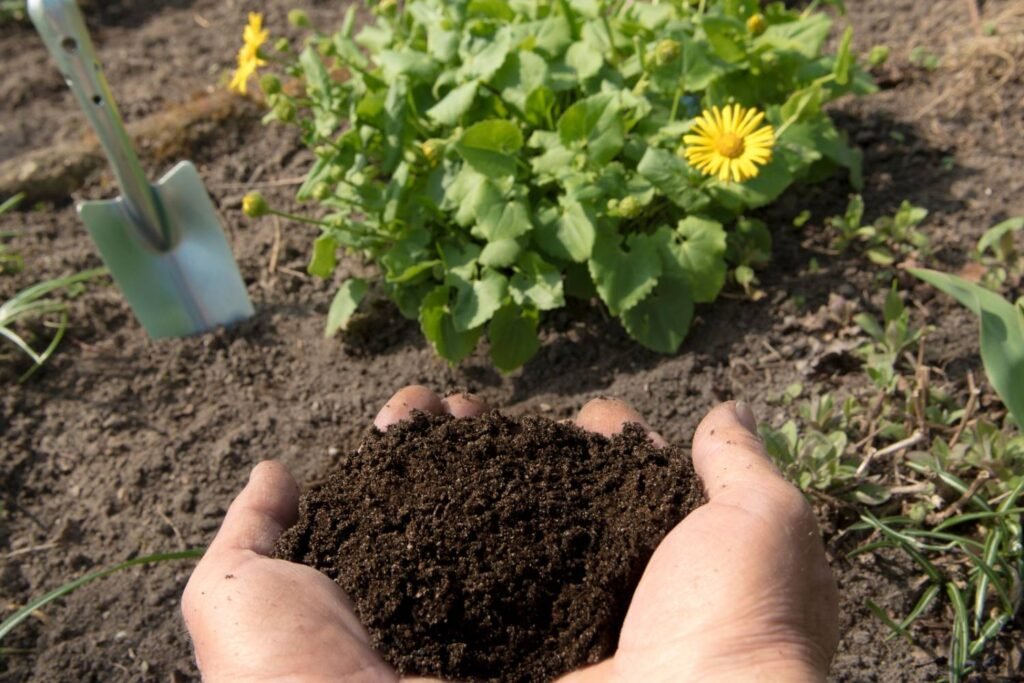
6. Prune and Trim Regularly
Pruning isn’t just about keeping your plants looking tidy—it actually encourages new growth and keeps them healthy. Removing dead or yellowing leaves allows the plant to focus its energy where it’s needed most.
I used to be nervous about cutting back plants, fearing I’d hurt them. But once I started, I noticed how quickly they bounced back. My pothos, for instance, grows fuller and bushier after a good trim. It’s like giving the plant a fresh start.
Make sure to use clean, sharp scissors or pruning shears to avoid damaging the stems. Regular trimming also helps prevent pests and diseases from taking hold in dead or decaying foliage.
7. Protect from Pests and Diseases
Even the healthiest plants can fall victim to pests. Aphids, spider mites, and mealybugs are some of the most common culprits, and they can spread quickly if not addressed. The first sign is often small specks, sticky residue, or discolored leaves.
I’ve learned that prevention is better than cure. Inspect new plants before bringing them home, and give your collection a regular once-over. Good air circulation also helps keep pests at bay.
For treatment, natural remedies like neem oil or mild soap sprays often do the trick. Reserve chemical treatments for severe infestations. Acting quickly is key—pests multiply fast, and a small issue can turn into a big headache if ignored.
8. Repot When Necessary
Over time, plants outgrow their pots. You’ll notice roots poking out of drainage holes or circling tightly inside the pot. When that happens, it’s time to repot. Repotting not only gives the roots more room but also refreshes the soil with new nutrients.
The process can feel intimidating, but it’s simpler than it looks. Choose a pot that’s one or two sizes larger than the current one, gently loosen the roots, and settle the plant into fresh soil. Water lightly afterward to help it adjust.
I recently repotted my rubber plant, and within weeks, it started producing new leaves. It’s amazing how much of a boost a fresh home can give. Don’t wait until your plant is struggling—repotting is a proactive step in long-term care.
9. Maintain Proper Humidity and Temperature
Indoor climates can be tricky for plants, especially if you live in a dry or drafty environment. Many tropical plants suffer in heated homes during winter because the air is simply too dry.
A simple fix is placing a tray of water with pebbles under the pot, which gently increases humidity as the water evaporates. Misting can help too, though it’s not always enough on its own. If you have several humidity-loving plants, a small humidifier is worth the investment.
Temperature also matters. Keep plants away from heating vents, radiators, or drafty windows. Sudden changes can shock them, causing leaves to drop. Stable conditions make for happier, healthier plants.
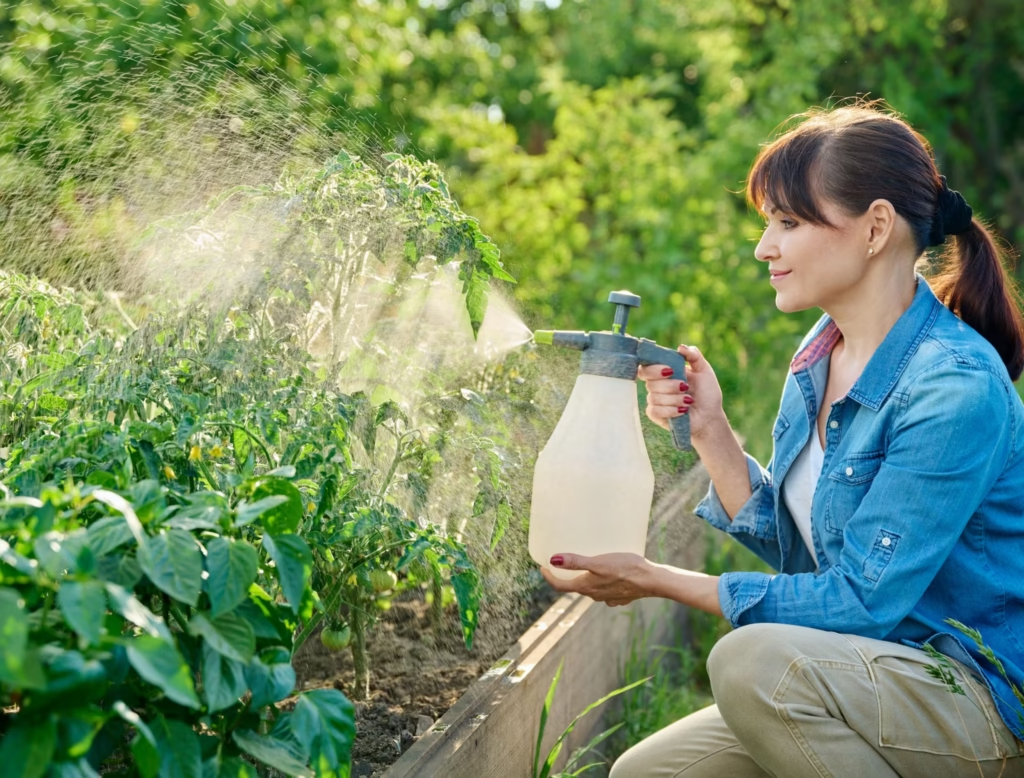
10. Be Patient and Consistent
Perhaps the hardest tip to follow is also the most important: patience. Plants don’t grow overnight, and sometimes they go through phases where not much seems to happen. That doesn’t mean you’re failing—it’s just part of their natural cycle.
Consistency is what really pays off. Checking in on your plants regularly, watering as needed, and making small adjustments to their care will yield results over time. I’ve had plants that looked hopeless, only to surprise me months later with new growth.
Celebrate those small milestones—the first new leaf, a fresh bloom, or even just a plant that’s holding steady. Gardening is as much about enjoying the process as it is about the outcome.
Final Thoughts
Caring for plants has taught me more than just how to keep them alive—it’s taught me patience, attentiveness, and appreciation for growth at its own pace. Every leaf and flower is a reminder that small, consistent efforts add up to something beautiful.
If you’re just starting out, don’t stress about being perfect. Mistakes are part of the journey, and each one makes you a better gardener. With these ten essential tips, you’ll have a solid foundation to grow a thriving indoor jungle or a lush outdoor garden.
Now go check on your plants—they might already be telling you what they need.

